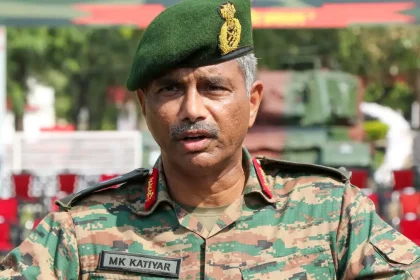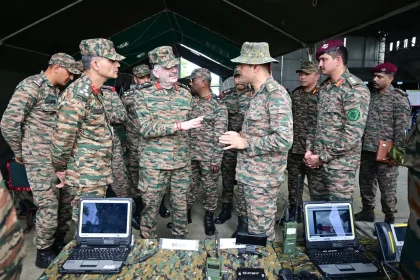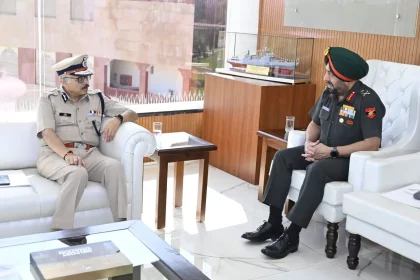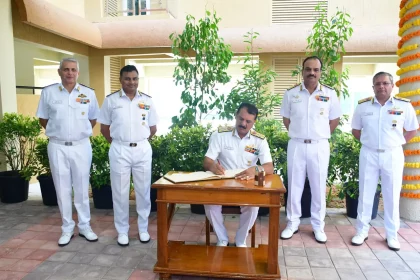Lt Gen Manoj Kumar Katiyar Calls for Deadlier Operation Sindoor 2.0 if Pakistan Continues Terror Attacks
Western Command Chief emphasizes India’s preparedness and warns of stronger retaliation in a potential Operation Sindoor 2.0 against terror threats…
Lt Gen CG Muralidharan Inaugurates Department of Hospital Administration to Streamline Healthcare for Personnel
New Department of Hospital Administration at Army Hospital (R & R) enhances efficiency and quality of healthcare for soldiers and…
Spear Corps Swiftly Responds to Medical Emergency, Saves 12 Students in Manipur
Eastern Command’s medical teams at Leimakhong save 12 schoolchildren in a rapid humanitarian response, reinforcing the Army’s commitment to public…
Eastern Command Conducts Maiden Tri-Services Integrated Exercise to Enhance Multi-Domain Operational Capabilities
Eastern Command’s first integrated Tri-Services exercise showcases India’s growing synergy, technological edge, and preparedness for modern multi-domain warfare.
Lt Gen Manjinder Singh and DGP Rajasthan Discuss Key Security and Operational Issues to Strengthen Military-Civil Synergy
Fostering Stronger Army-Police Coordination for Regional Security and Stability.
Admiral Dinesh K Tripathi Inaugurates 8 Residential Towers at Naval Base Karwar to Enhance Welfare Infrastructure
New residential complex with 480 units inaugurated to boost living standards and welfare of naval personnel and their families at…






